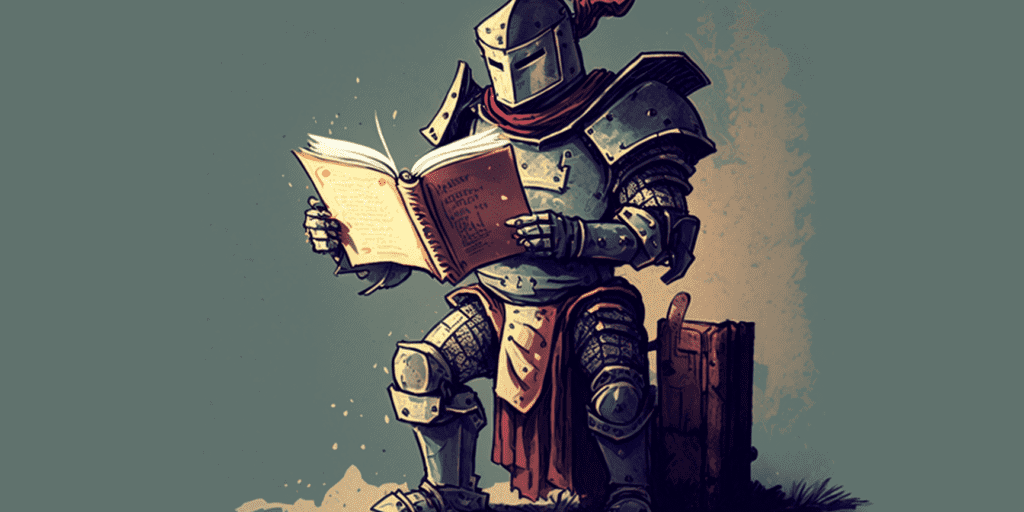Magic the Gathering (MTG) is the premier TCG in the world. It’s a fantastic game that was released in 1993. As you can see, the game has been around for a couple of years and as such, it has a lot of rules.
One of the rules that many people ask when starting to build decks is: how many creatures should I have in my 60-card deck?
How many creatures you want in your deck depends. Some decks use mostly spells while others use mostly creatures. The standard amount of creatures in any given deck is usually around 24. This is a very loose recommendation, however, because a lot of decks use more or fewer than that depending on the strategy of the deck. Aggro decks use fewer lands while control decks use more.
Let’s go through the details. Creature count and other similar things really are fundamentals of deck building, so keep reading.
How Many Creatures Should You Have In a 60-Card MTG Deck?

Creatures are also spells in MTG. This means that they count toward the very important mana-to-spell ratio, and as such, you need to figure out how your deck curves out, and then put an appropriate amount of creatures to lands in your deck.
A curve, or a mana curve, is the way your deck scales with your mana. An optimal mana curve for a given standard game would be to cast a one cost-card on turn one, a two-cost card on turn two, and so forth.
If your deck “curves out” at fairly cheap costs, say 4-5 mana, then you won’t need as many land cards in your deck and you can therefore fill it with more creatures.
Moreover, some decks have built-in ramp. This means that they can effectively get mana without playing lands. For example, Llanowar Elves is one of the most classic examples of this. If you have creatures that give you mana, you won’t need as many lands. In the last example, this means that you can fill your deck with more creatures.
In a very general sense, it usually works out to around 1/3 of your deck being creatures. Aggressive decks usually play with more creatures to rush their opponent down, while more control-heavy decks play with fewer creatures.
As I mentioned earlier, however, a lot of decks use more or less than this number of creatures and you’ll have to experiment to see what best fits your deck. That is the unfortunate answer, really: it depends.
How Many Lands Should You Have In a 60-Card MTG Deck?

As you have noticed, the number of creatures and spells clearly depends on the number of mana, or lands, in your deck. In any given deck, you can’t go wrong with around 40% of your deck being mana.
Some decks want less than that and some decks want more, but if you’re unsure in which direction you should go, go with 40%. In a 60-card deck, that’s 24.
If your mana curve is at the low end, meaning you have a lot of 1, 2, and 3-cost cards, you can probably cut it down, depending on if you have any card draw or ramp cards.
If you have any cheap card draw or ramp spells, you can cut down on your land. More specifically, you should cut around 0.3 lands per card draw or ramp that you have. So, for example, if you have 3 card draw spells in your deck, you can cut one land from your deck since 0.3 x 3 = 0.90.
If you think that you’re often unlucky when drawing land, and maybe that you should put in more of them, consider the Mulligan first. It’s a very important step of the game, and there is, believe it or not, some strategy to it.
For example, a very common Mulligan strategy is this:
- For the first draw (7 cards): Toss hands with 7, 6, 1, or 0 lands.
- For the first Mulligan (6 cards): Toss hands with 6, 5, 1, or 0 lands.
- For the second mulligan (5 cards): Toss hands with 5 lands or 0 lands.
- Keep any hand for the third mulligan (4 cards).
Remember, this strategy is very general. There are decks that want, depending on specifics, to keep a hand with 1 mana, and there are other decks that want to keep hands with 6 lands.
However, in general, how you Mulligan will affect how the game plays out, and if you’re approaching Mulligans willy-nilly, then chances are that you will have mana problems.
What Is a Good Mana Curve?
Depending on how many creatures and lands you have in your deck, your mana curve will vary. For an aggro deck, for example, the goal is to play a lot of stuff at the beginning of the game, and many aggressive decks curve out at 4 mana or so.
All and all, the mana curve is about playing and spending your mana every turn efficiently. For example, if you spend your first turn casting a 1-cost card, turn two casting a 2-cost card, and turn three casting a 3-cost card, you have a perfect mana curve.
Why do we call it a curve? Well, when we sort out a deck by mana costs, we can see how well we will be able to play each turn, and this is usually visually represented by a diagram of some sort. Below is an example of the mana curve for one of my decks.

When you put creatures in your deck, consider this. Yes, it’s important to have an appropriate amount of creatures in your deck, but it’s also important to have an appropriate curve for your strategy.
For example, if you have a bunch of 4-cost cards and no 2-cost cards, your mana curve is flawed. You won’t be able to play anything on turn two, and your 4-cost cards can clog up your hand.
Instead, if you would replace half of those 4-cost cards with 2-drops, you would have at least one play for both turn 2 and 4, especially since you have the new possibility of playing two 2-drops on turn 4 if you haven’t drawn your 4-drop.
